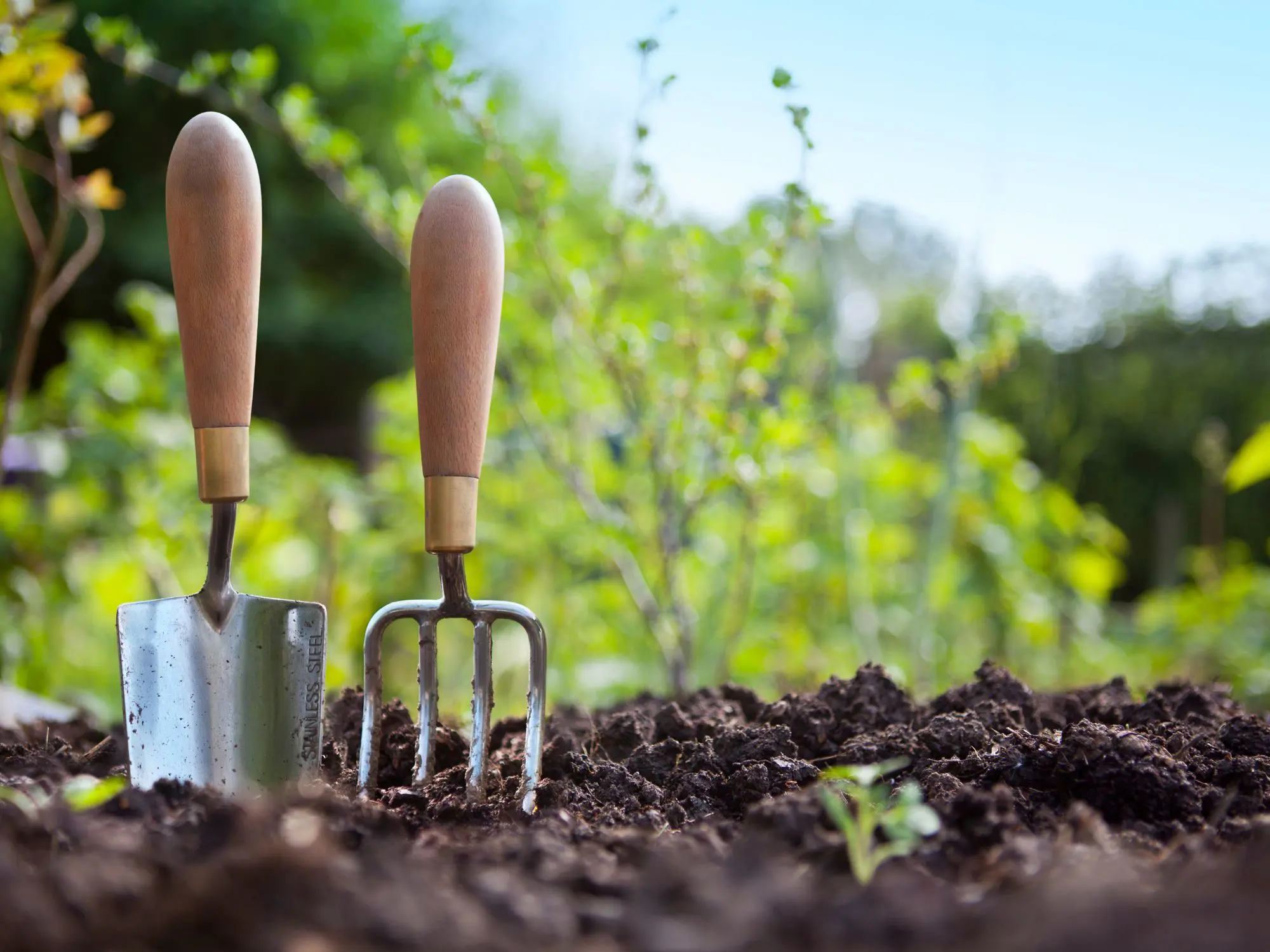Your guide to gardening
Check out our 12-month guide to keeping your garden in great shape. Remember keeping your garden well-maintained is part of your tenancy agreement and will keep you and your neighbours happy.
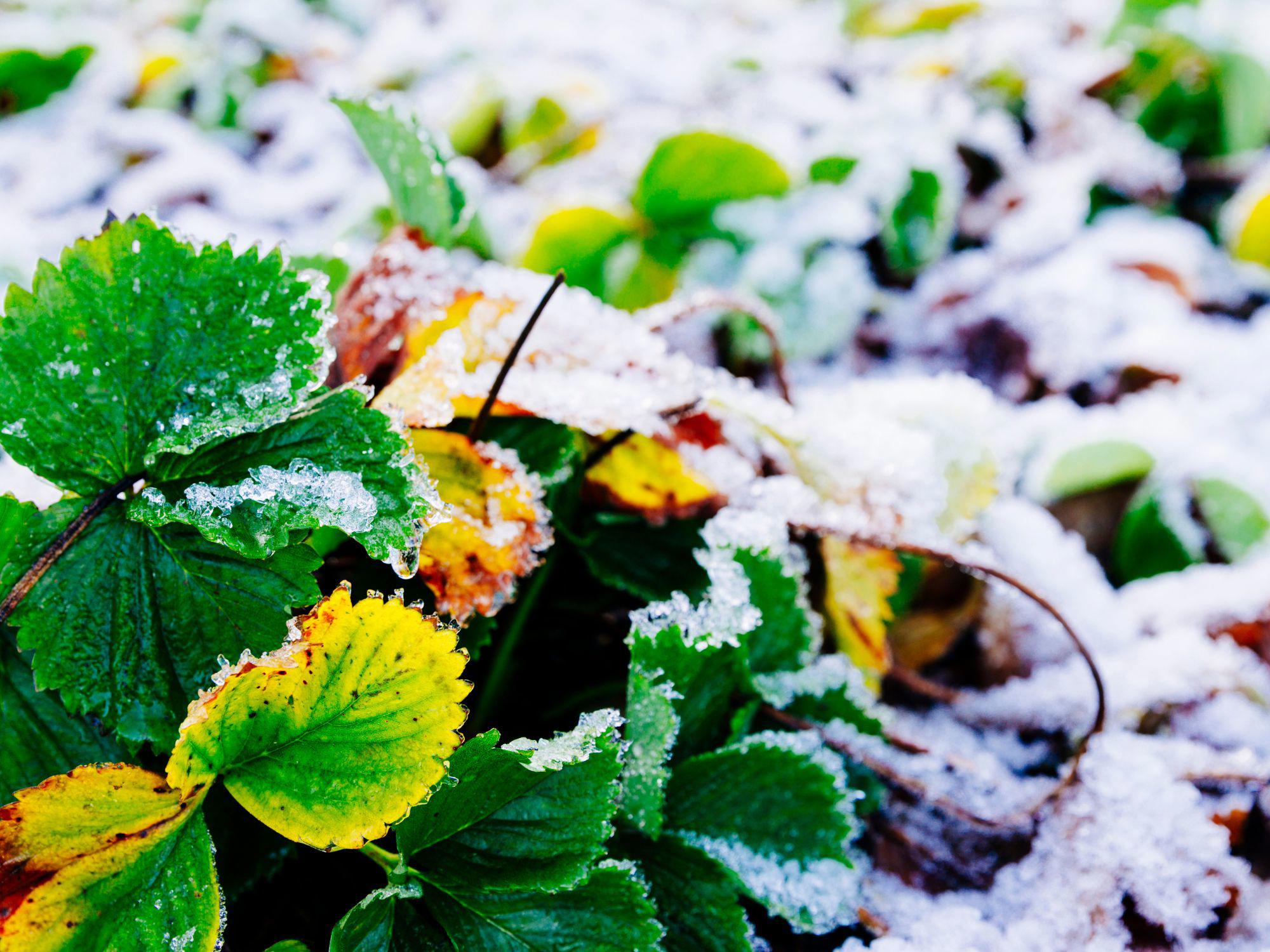
It’s January and time to plan ahead for the new gardening year. Here are our top tips to get your garden off to a flying start.
- Prune climbing roses if they weren’t done in autumn. Remove the oldest stems from the base and cut back any side shoots to around 15cm.
- Deadhead winter-flowering plants weekly, to keep them blooming.
- Clean pots and sharpen and oil tools for the new season.
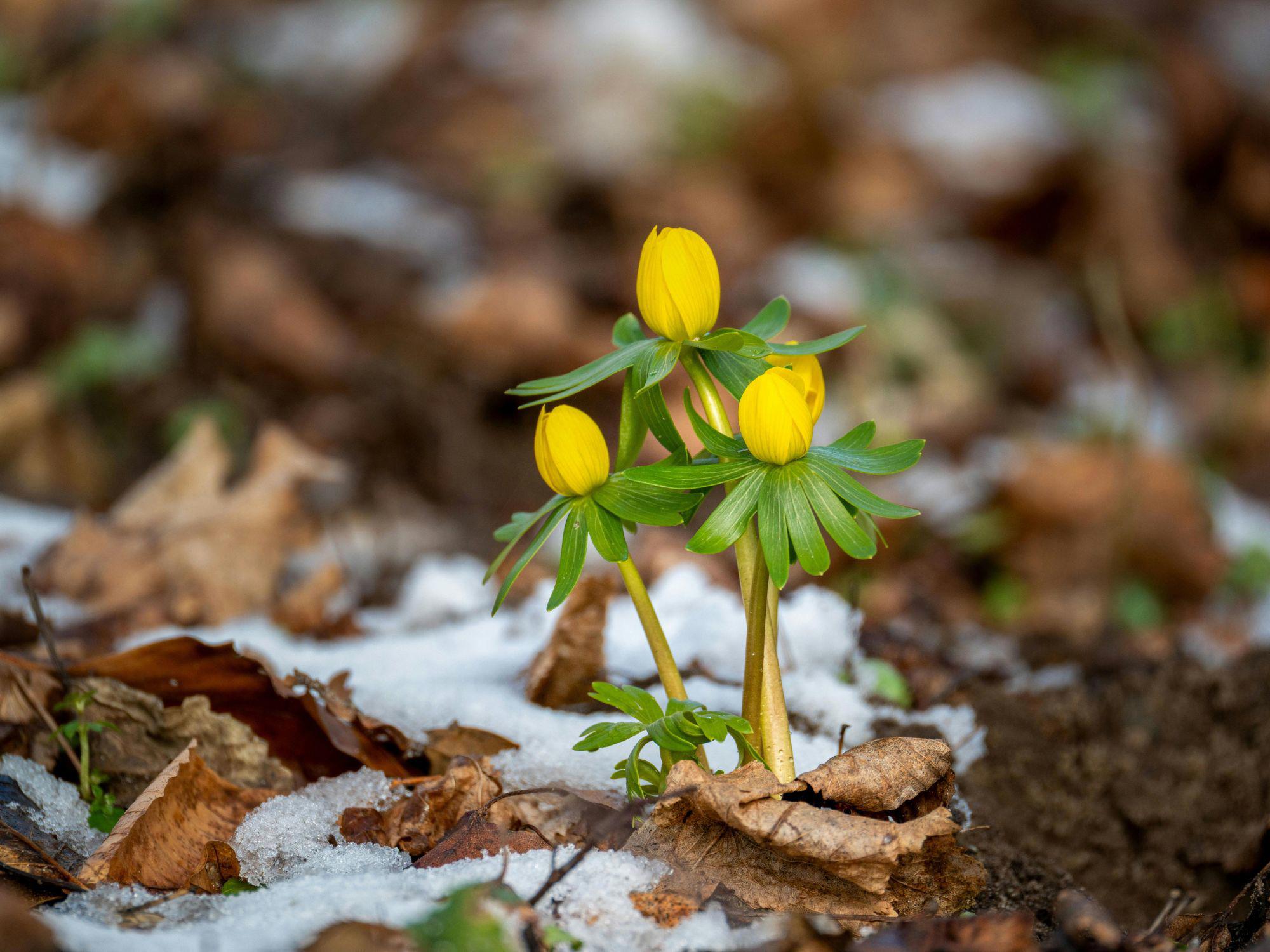
While the weather is still wintry, there are signs of spring ahead, so may sure you’re ready for the change of season with our February gardening tips.
- Prepare new lawn areas. Weed, dig them over, tread them level and rake, letting the soil settle before turfing later.
- Start feeding your soil in preparation for the growing season. Organic feeds like fish, blood and bone and chicken manure pellets take about six weeks to release their goodness into the soil. Fork them carefully into the soil around existing plants and water in.
- If the grass begins to grow, feel free to mow if it’s mild weather. Just remember to put the mower blade on the highest setting so you don’t scalp the grass.
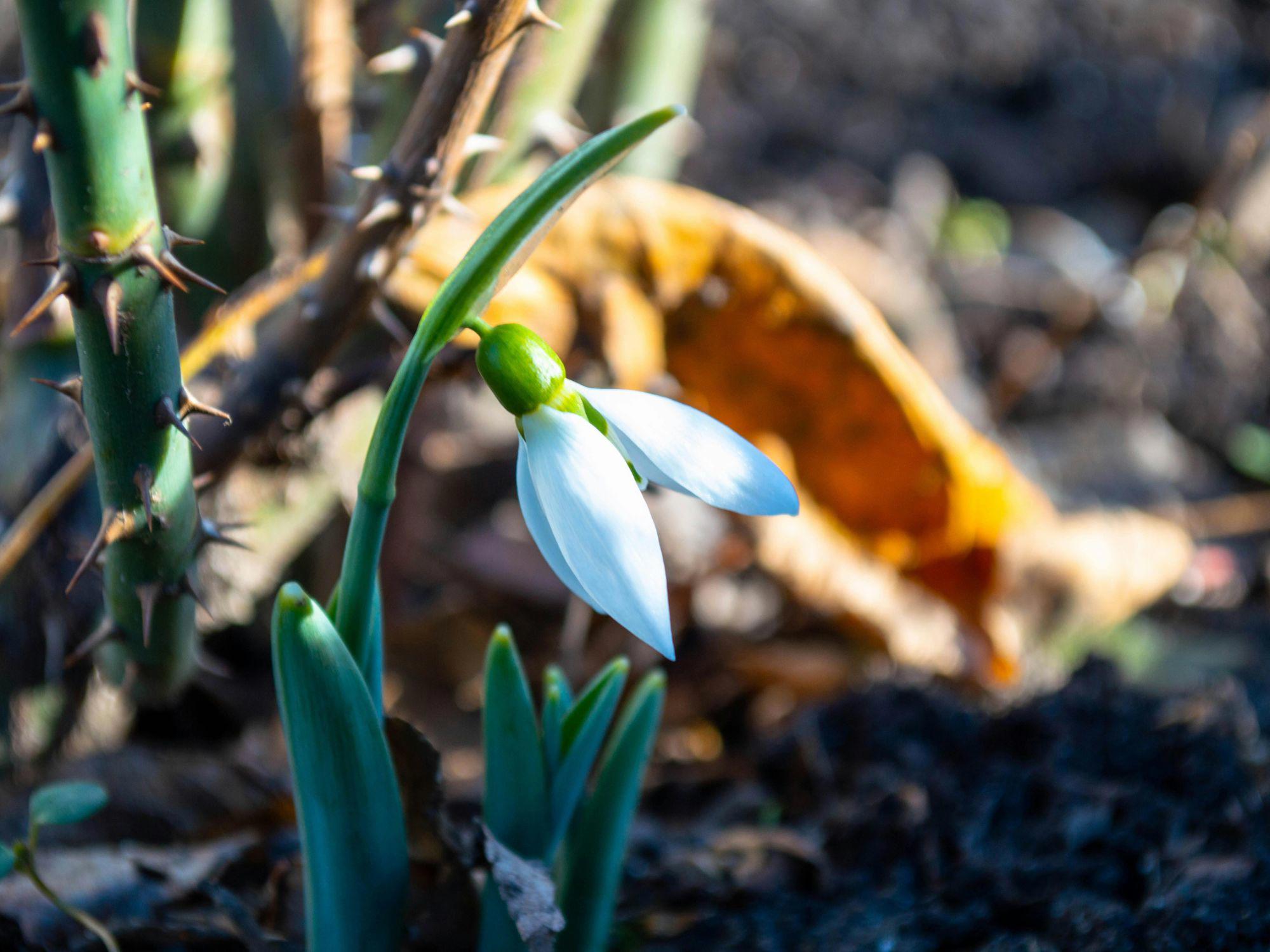
March means longer days, starting the process of rebirth in your garden. Here are our top tips to make sure that spring has truly sprung in your garden!
- Mulch around shrubs using a thick layer of composted bark to keep weeds in check and keep moisture in.
- Take stock of your borders, plant new perennial plants. Cut out dead stems from dormant plants.
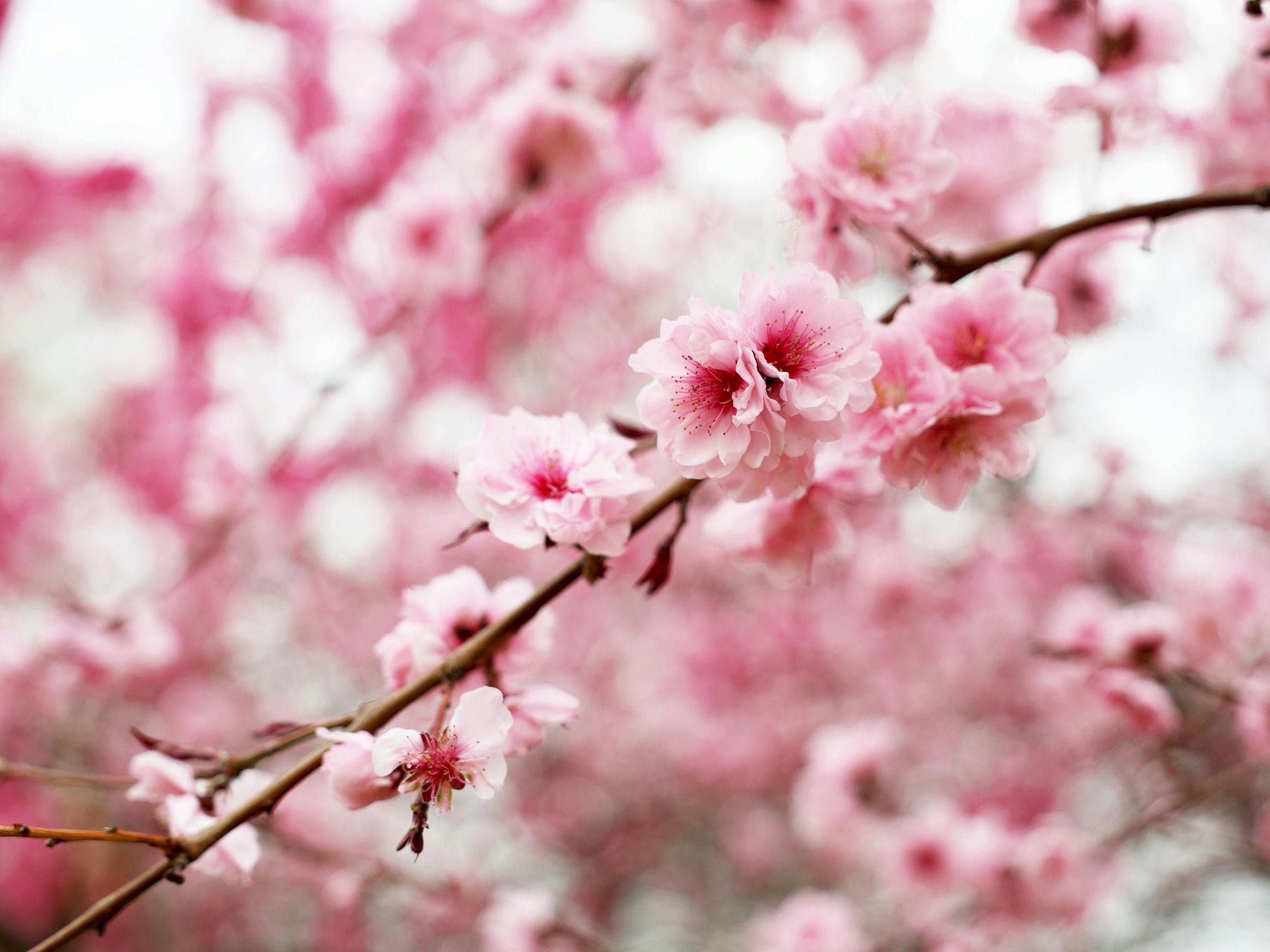
Your garden will be really coming to life now so it’s time to start sowing the seeds for a bumper crop later in the year. Here are your April gardening tips.
- Sweep patio areas to remove dead leaves or foliage and use a pressure washer or stiff brush and hot soapy water to clean the paving of mildew.
- It’s tomato time! Grow the seeds in a seed tray and keep in a propagator or heated greenhouse to germinate.
- Growing your own veggies? Prepare the soil in your beds by covering them with black plastic to keep it drier and warmer in preparation for planting.
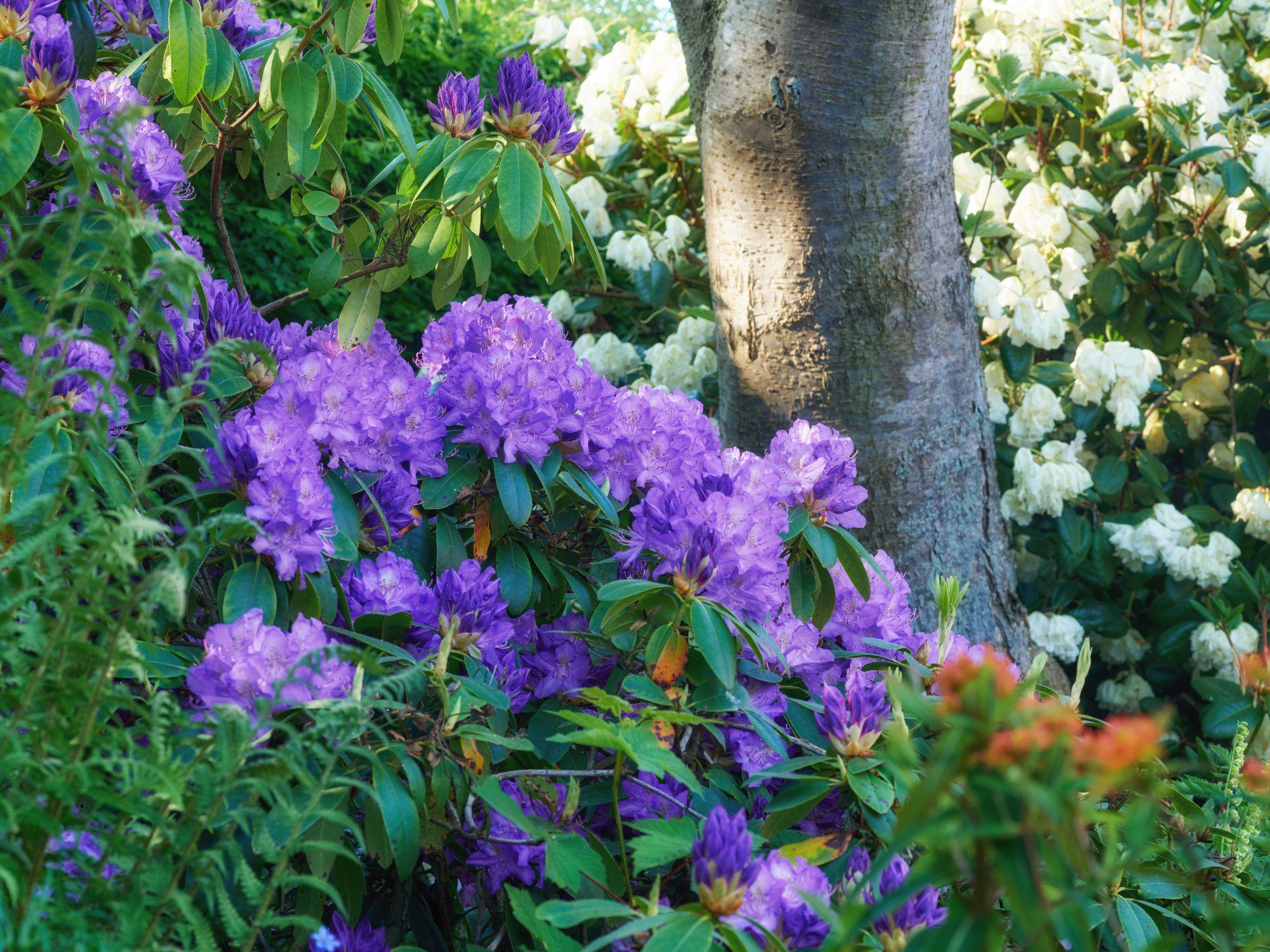
May is the time when your garden gets busy, with long days and warm weather meaning everything is bursting with life. Keep things in check with our May gardening tips.
- If you're growing your own spuds, earth them up regularly as the foliage grows, keeping the growing potatoes well covered with earth.
- Feed and mow your lawn regularly and don’t forget to keep it well watered.
- Be kind to our feathery, furry or spiky garden visitors. Check for wildlife before clipping, mowing and strimming. Don't trim your hedges during the bird nesting season. There may be birds nesting in there!
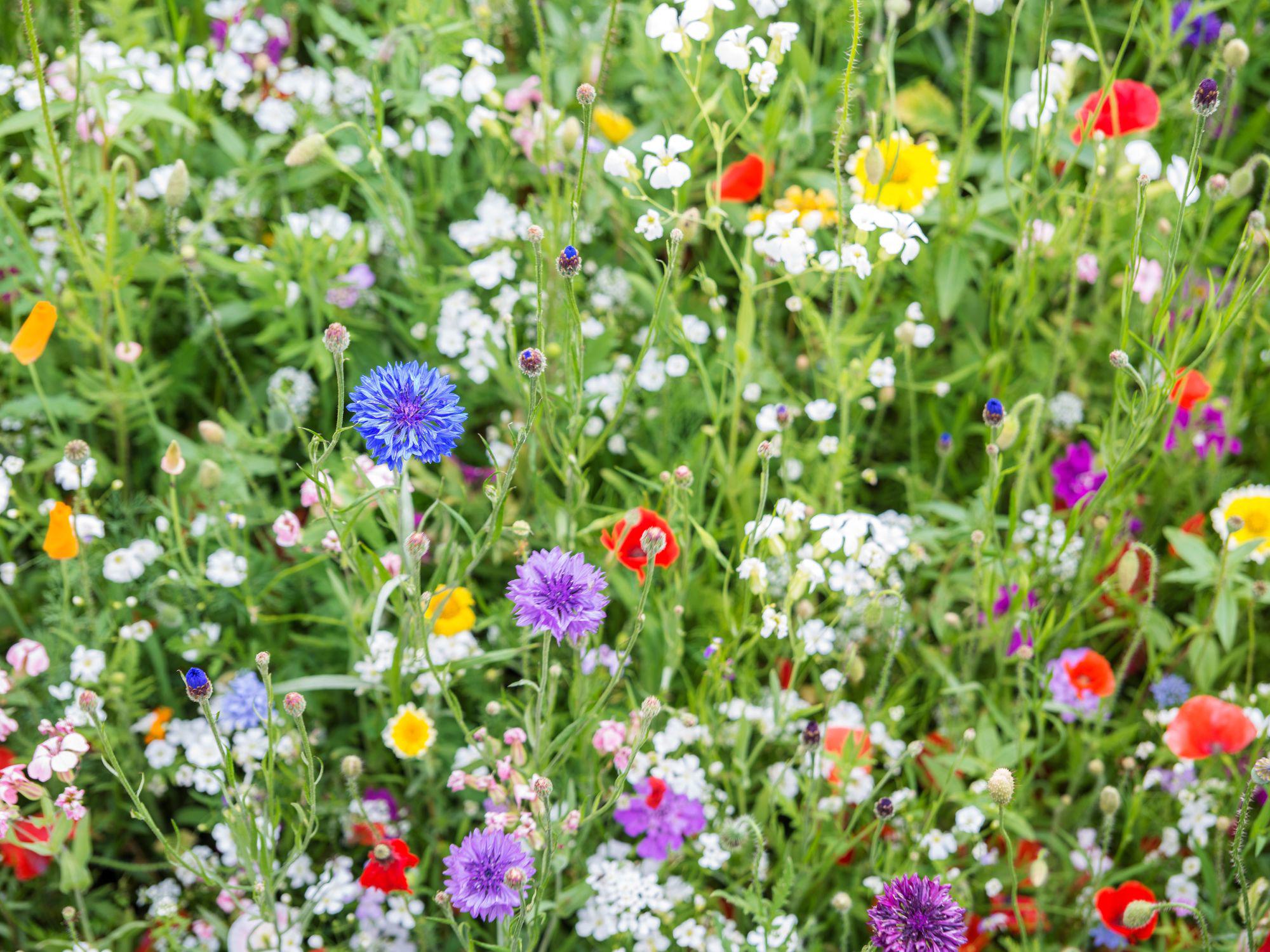
June is the month that your garden has been waiting for! The summer sun is here (fingers crossed) and all your hard work through the year will be rewarded. But there are still jobs to do between the BBQ’s and sunbathing!
- The weather is warmer so snails and slugs are about. Protect vulnerable young plants with copper tape or a defensive barrier of crushed up eggshells.
- If you're growing strawberries, protect them from birds before the fruits ripen.
- Give your tomato plants a shake to help pollination and ensure a good crop.

Summer is in full swing now and your garden should be really on song. Check out our gardening tips to keep everything happy and healthy during the long hot days of July.
- Mow the lawn once a fortnight to keep it healthy during dry periods – the taller grass develops longer roots which can cope with drought better.
- Consider garden water-saving tips like not irrigating yellowing lawns, which will soon green up again when rain returns.
- Looking ahead to autumn - plant autumn bulbs like dahlias or begonias.
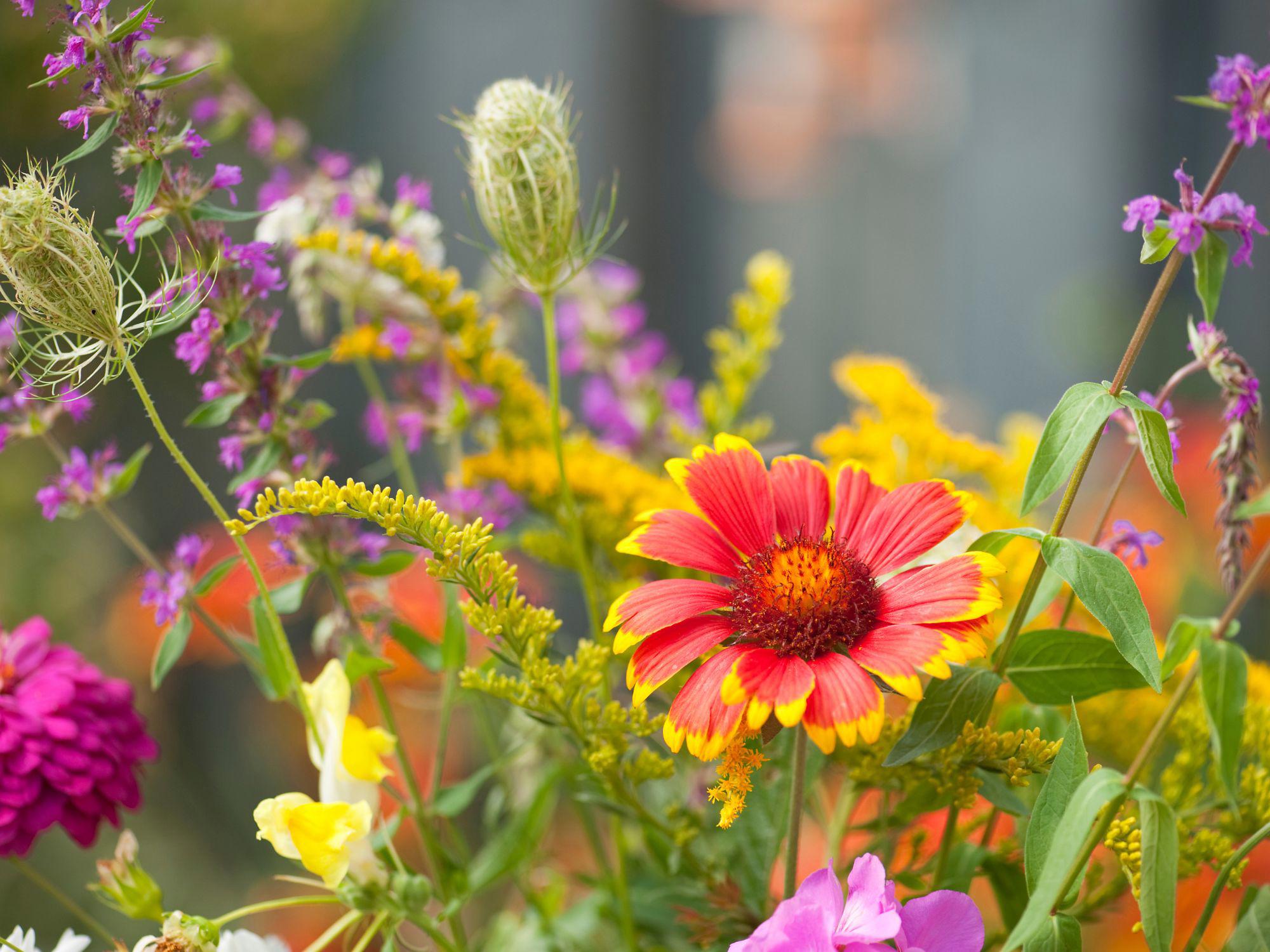
August is prime time for your garden, so keep it looking great as the lazy days of summer continue.
- Keep your plants well-watered, especially if it’s hot. The best time to water is in the early morning. Aim the garden hose at the roots of the plants not the leaves.
- Collect seed heads or pods when they’ve ripened and are dry and brittle. Seed harvesting means you can replant next year or share seeds with friends and family. Gather them after a rain-free spell if you can - they need to be completely dry when stored or they will go mouldy!
- Deadhead flowers as soon as they start to fade to encourage more blooms. Always keep your secateurs clean and sharp to avoid damaging plant stems and spreading disease.
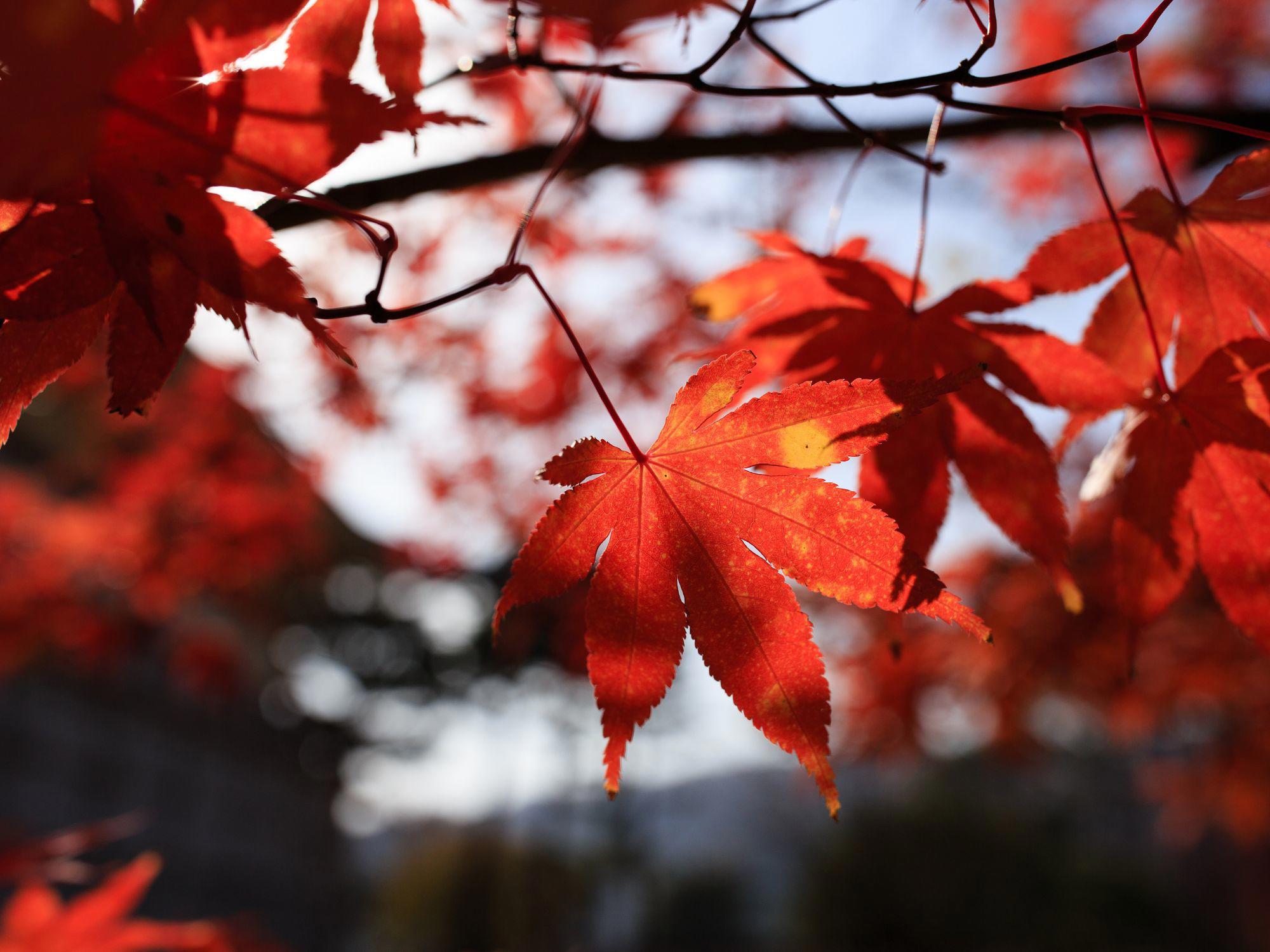
The summer may be coming to an end but there’s still plenty to do in the garden before autumn. Here are our top three garden tips for our tenants this September.
- It’s time to give your lawn some TLC. Rake it thoroughly with a wire rake to remove the moss and then spike it to aerate the soil and improve drainage. A sprinkling of phosphate feed and you’re set.
- Trim and mulch hedges if you have them – do this when the soil is damp, to keep the moisture in.
- Looking ahead: Plant daffodils and crocuses – but not tulips (not yet!) – for those fabulous spring colours.
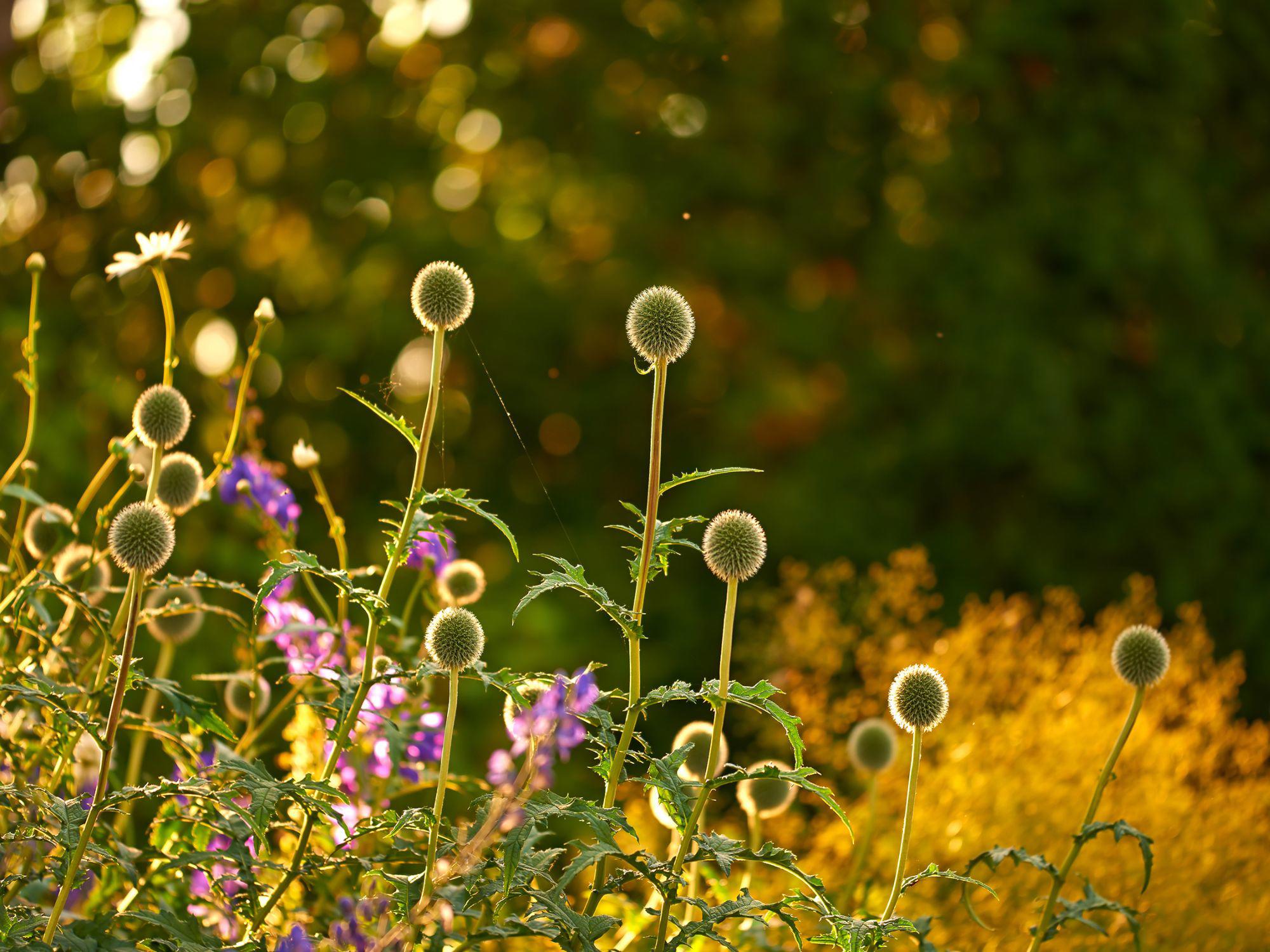
Autumn has arrived so it’s time to prepare your garden for the colder months ahead. Here are your top tips for October.
- Mow the lawn before the weather turns, and re-seed/re-turf bad sections. Don’t forget to aerate a lawn using a garden fork because waterlogging is common over winter, especially with clay soils.
- Empty old pots and give them a good clean to help prevent any pests and diseases over winter.
- As the leaves start to fall, regularly sweep up and don't leave them on grass. A layer of fallen leaves can rob grass of sunlight which it needs to grow. Put the leaves to good use by making leaf mold. Once well rotted, leaf mold can be used as mulch or compost.
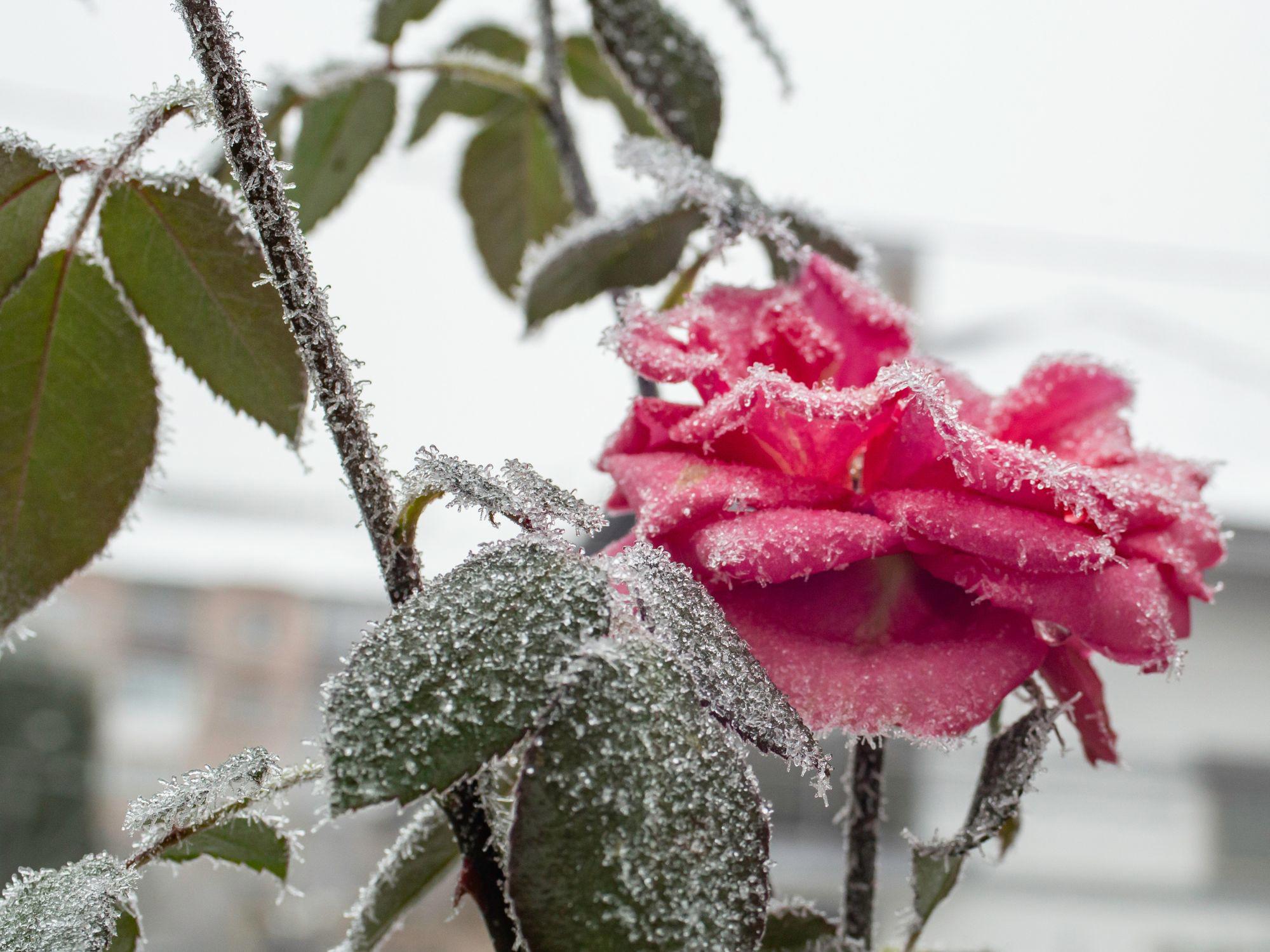
With winter on the way it’s all about protecting your plants from the harsher weather that’s just around the corner. Here are your top garden tips for November.
- Keep on top of fallen leaves by collecting them up regularly for mulch or compost.
- It’s tulip time! Plant tulip bulbs in pots and borders, ensuring there is good drainage to prevent the bulbs from rotting.
- Give your garden tools some TLC – clean, sharpen and oil your secateurs ready for pruning.
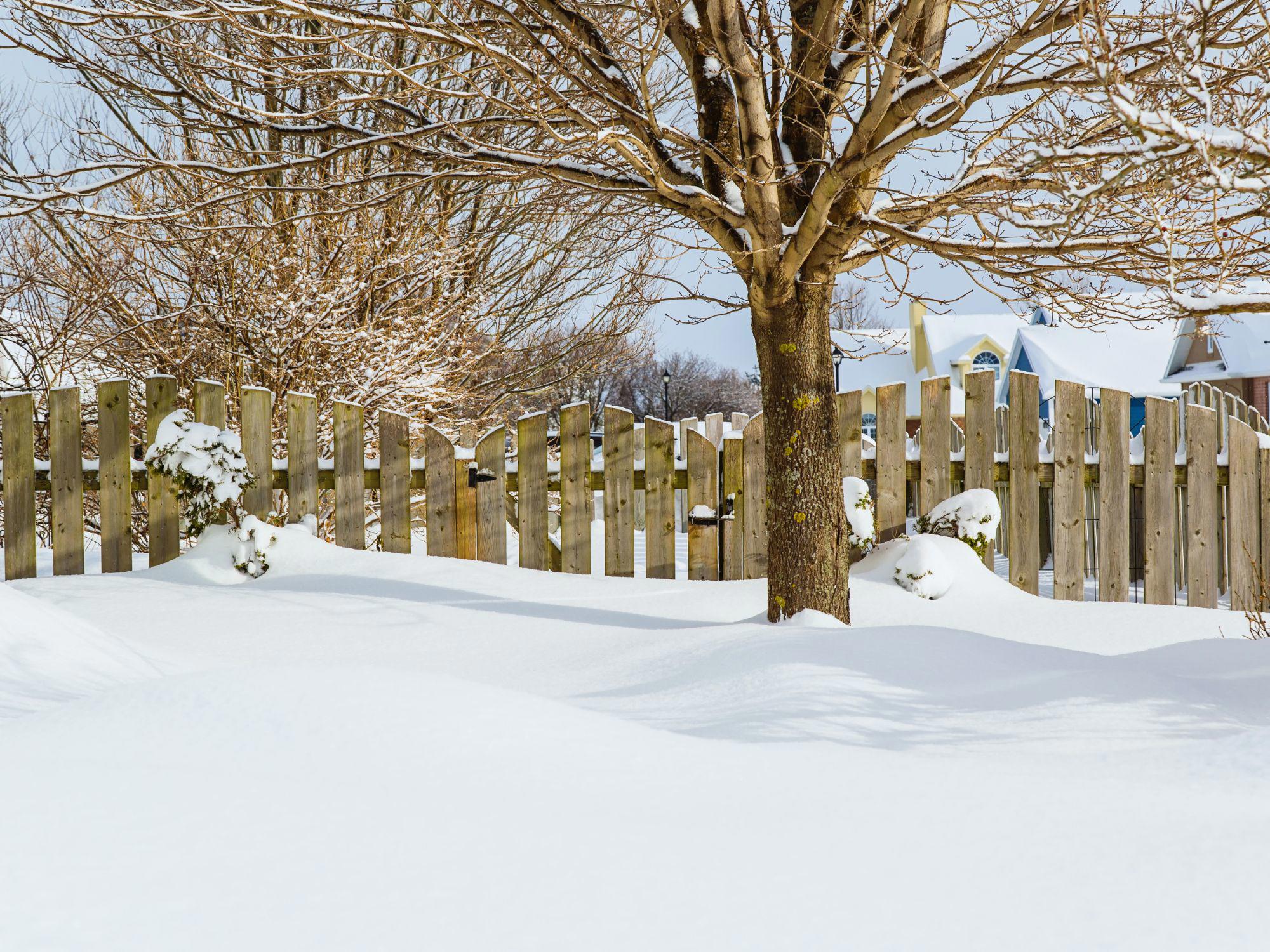
We’re in the deep midwinter now and days are short, but don’t let that stop you enjoying the crisp wintry days when they come. Here are your top garden tips for December.
- Following strong winds, check that climbing plants like ivy and clematis are securely attached to their supports with ties. Check tree ties and stakes to ensure that small trees are still secure.
- Keep up with the lawn care. Clear leaves off to prevent dead patches. If the weather is mild, continue to cut your lawn but raise the height of the mower blades. Don’t forget to spike with a fork to improve drainage.
- If you’ve got holly bushes, harvest the berries and leaves for DIY Christmas decorations! They look so much better than plastic!
Dig deeper!
Have you noticed a neighbour’s garden is getting unkempt?
It might be a sign that they’re struggling. If so our tenancy support team could help.
Volunteer at our community garden
If you want to take your green-fingered knowledge to the next level why not check out Grow Speke? Our knowledgeable staff and volunteers can help you up your gardening game!
Related
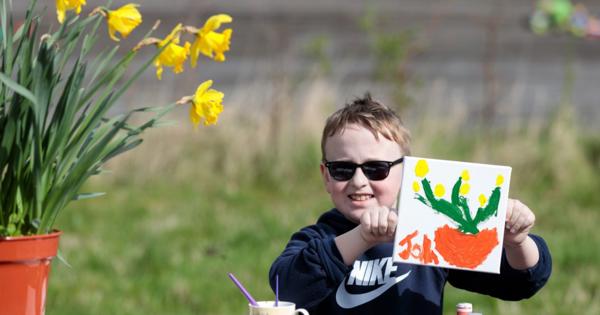
Grow Speke
Discover Grow Speke, a vibrant community garden in south Liverpool offering volunteering, wellbeing activities, and fresh produce for all ages.

Tenancy sustainability service
We have a number of services available to support and enable older and more vulnerable members of our community to remain independent and able to maintain their tenancies.

Knowing our customers
We’re committed to understanding you better. Learn how we connects with our customers to provide tailored support.

